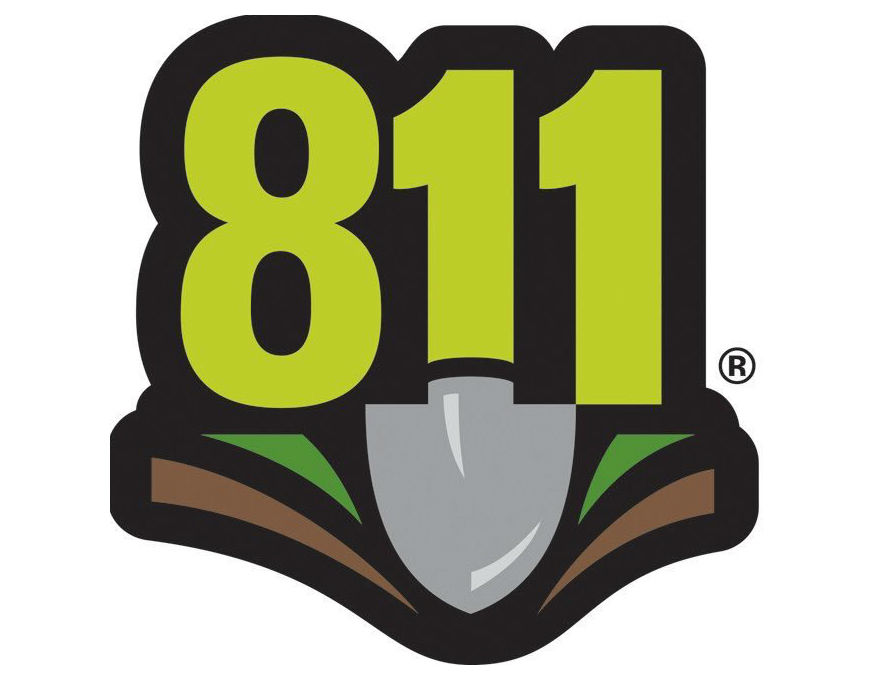 It’s August 11 or 811 day, a day to remind folks to always call 811 before digging – no matter the size of the project. There are millions of miles of buried utilities crisscrossing the United States that are vital to everyday necessities like water, electricity and natural gas.
It’s August 11 or 811 day, a day to remind folks to always call 811 before digging – no matter the size of the project. There are millions of miles of buried utilities crisscrossing the United States that are vital to everyday necessities like water, electricity and natural gas.
You may not think that planting flowers or trees in your yard is dangerous work. However it only takes one small strike from a shovel when digging to accidentally damage a buried utility line, causing personal injury, property damage, utility service outages, and potential fires.
Third-party damage is the number one cause of pipeline damage in the U.S. and the Williams Public Safety and Emergency Preparedness team is committed to educating our employees and the public about these dangers. One way to do this is to stage mock line strike demonstrations across Williams Operating Areas, showing – in real time – what can happen when a line is damaged.
Last October, we staged a mock line strike demonstration at the 2nd Annual Eagle Ford Safety & Equipment Rodeo Roundup in Pearsall, Texas. More than 600 people, including utility workers, city and county employees and emergency responders attended the free event to witness the drill.
During the mock line strike, “an equipment operator” struck a “pipeline” with a backhoe, becoming overcome with “natural gas containing hydrogen sulfide” (compressed air) a few moments later. While most homeowners don’t use a backhoe for their projects, a line strike caused by a handheld tool can be just as dangerous.
Here is a video from the mock line drill:
http://williams.wistia.com/medias/rtlv6g7bnw?embedType=async&videoWidth=800
Calling 811 is free. Most states require that you call 811 at least 48 hours prior to beginning any digging project. This allows utility workers enough time to mark the approximate location of your underground utility lines.
No matter the size of the job, don’t make a judgement call – call 811 before you dig.
Until next time,
Stephanie Timmermeyer
VP Safety & Reg Compliance, Safety & Reg Compliance
This blog is written by Stephanie Timmermeyer, vice president, Safety & Regulatory Compliance for Williams.
